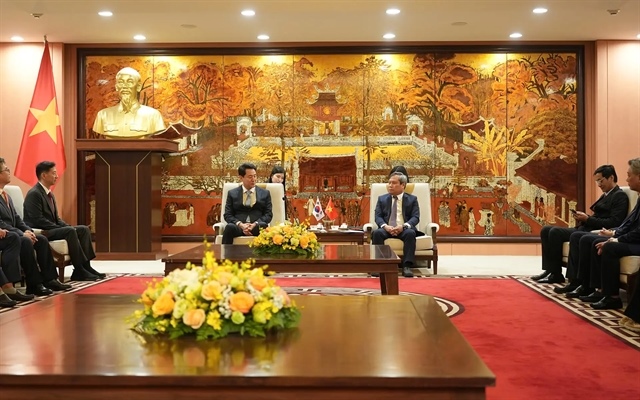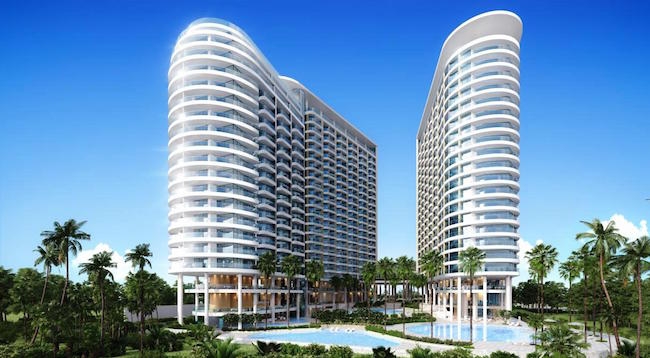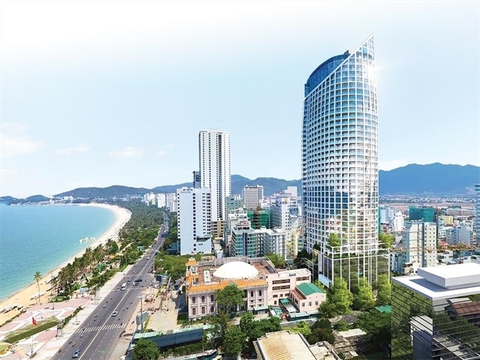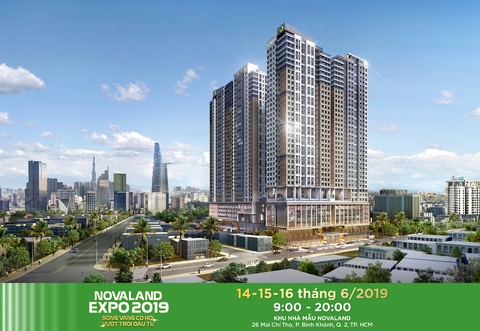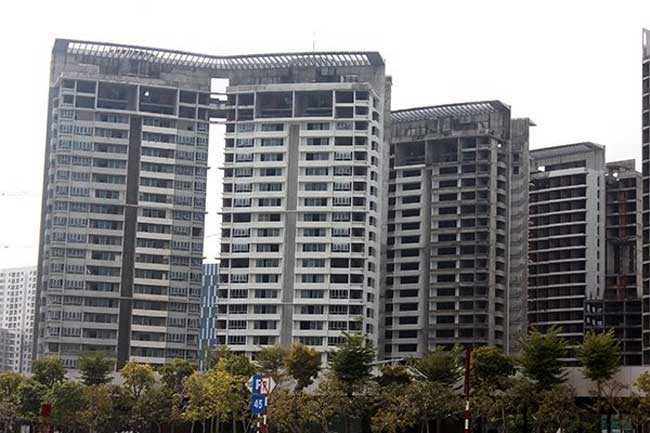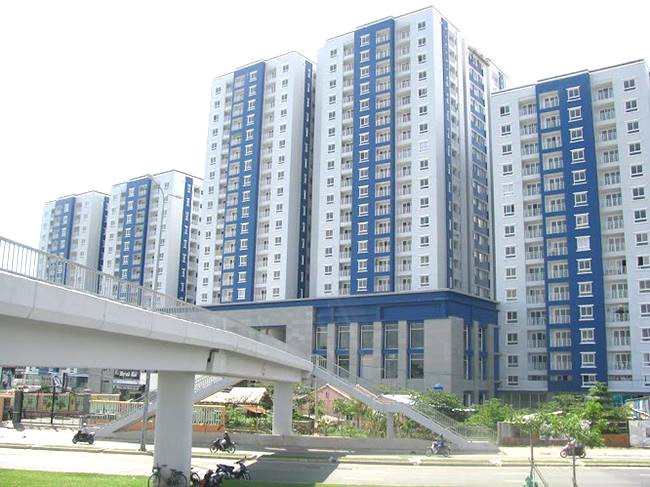Vertical cities – the destination of urban space
Vertical cities – the destination of urban space
Vertical cities are a potential solution to the world's urban problems, but they have extremely high construction costs. Therefore, only a few vertical cities are developed by enthusiastic and determined investors with strong financial capability.
Vertical city relieves pressure on urban development
In 2015, two famous architects Kenneth King and Kellogg and partners unveiled the book titled “Vertical City: A Solution for Sustainable Living”, the ground-breaking 619-page book that envisions a sustainable future through the emerging technologies of vertical cities.
To complete this book, the two authors interviewed more than 30 of the world's top architects, urban designers, engineers, microbiologists, as well as transportation and sustainability experts to discuss the concept of a vertical city as a potential solution to many of our world's greatest problems, including rapid population growth, environmental destruction, and the loss of arable land. Vertical cities can save energy, support the growing population, and preserve horizontal spaces for food production, nature, and recreation.
The concept of vertical city was developed at the beginning of the 20th century. Shibam, located in the southern Arabian peninsula, is known as the first vertical city in the world.
Ultima Tower is a hypothetical supertall skyscraper designed by American architect Eugene Tsui in 1991. It has been envisioned to be built in San Francisco, California and could accommodate up to 1 million people. Ultima Tower is the greatest vertical city dream of mankind, a perfect solution to reach a proper balance between urban development and environmental protection. In the city, people do not need to drive when everything happens inside the tower, thereby contributing to protecting and conserving the pristine state of the surrounding areas. However, the project has not been realised due to its high expected budget.
Meanwhile, Dubai’s vertical city Burj Khalifa was developed in 2004 with the total investment capital of $1.69 billion. The project was officially launched in January 2010.
In Japan, the vertical city concept is fully developed. Tokyo's largest urban real estate developer, Mori Building’s, has introduced the idea of a vertical garden city. This idea aims to renovate urban space to address the roots of pressing problems like high population density and traffic overload.
The trend of vertical cities is on the rise as urban areas are becoming increasingly dense. These cities create unique architectural works, attracting thousands of tourists.
A vertical city in My Dinh district
Despite being an ideal concept for urban areas, vertical cities are facing construction-cost problems. Fortunately, some developers with long-term vision and strong financial capabilities are determined to realise the concept. Burj Khalifa in Dubai was built with a construction cost of $1.69 billion, while Kingdom Tower in Saudi Arabia has a total construction cost of $1.4 billion. Shanghai Tower was developed at a cost of $2.4 billion.
Vietnam’s first vertical city The Zei, constructed by HD Mon Holdings in My Dinh district, also has a construction cost of VND3 trillion ($128.48 million).
When asked why the company spends such large funds on the project, Nguyen Anh Tuan, deputy chairman of HD Mon Holdings, said that the company is determined to implement this project with a desire to bring Vietnam’s living standards on par with developed countries.
Unlike other skyscrapers, a real vertical city needs to integrate all into one, bringing a complete solution to meet the needs of residents in a vertical space. The Zei is fully equipped with on-site amenities to create a modern living environment for its residents.
The Zei caters to every demand of its residents, including living, working, shopping, and playing. It has four floors of shopping malls, cinemas, four-season swimming pool, co-working space, a zen rooftop garden, children’s playground, fitness centre & spa, as well as four underground parking lots.
In addition, The Zei is expected to become a remarkable shopping centre in My Dinh district on par with bustling shopping centres in the world like Siam Paragon in Bangkok and Val d'Europe in Paris.
The Zei is also the most diverse complex of Hanoi with different types of condos, including two-three-room apartments, dual key apartments, duplexes, and penthouses. All of the units feature an elegant and unique minimalist design, while designers took special care to allow plentiful natural sunlight and ensure healthy air circulation across the rooms.
All of the arrangements, such as the balconies and windows, make for constant air flow. In addition, a sky garden on every third floor also provides green spaces for the residents at The Zei.





